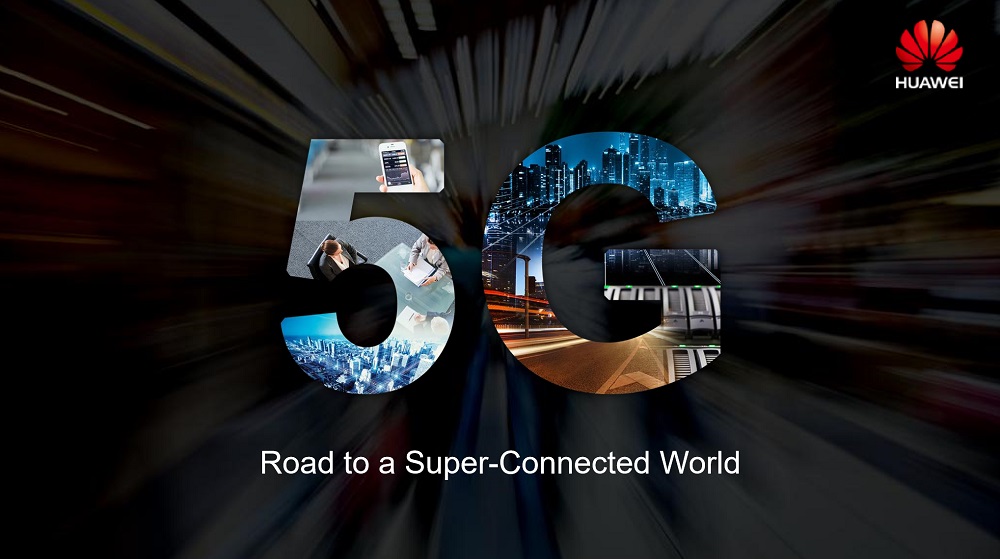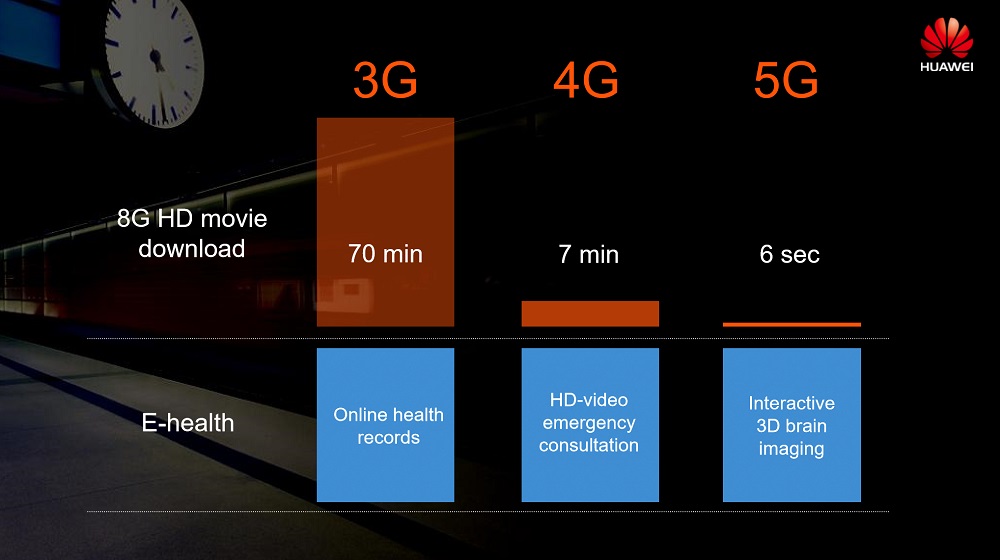Huawei has invited us to their headquarters in Shanghai and Shenzhen to give us a tour of their facilities as well as share their plans for the future, and these include the next major phase of mobile telecommunications standards called the 5G.

Table of Contents
5G is a marketing term for the next generation of mobile internet connectivity. It is short for ‘fifth generation mobile networks’. Without going into technical details, the 5G network will allow for higher bandwidth speeds, lower latency, and better capacity, that is comparable to existing wired broadband speeds.

Huawei, the largest telecommunications equipment manufacturer in the world, sees the future in 5G and is working with telecommunications companies as well as other businesses around the world, to prepare for its commercial launch which is expected in 2020.
5G is expected to have a target peak data rate of up to 20Gbps but like with previous-generation networks, we’re unlikely to experience that full speed. Huawei believes we’ll get a guaranteed download speed of 100Mbps and an upload of 20Mbps. Reliability will also improve and we can expect single-digit latencies. This is still significantly better than what we’re getting from our telcos nowadays.

Considering the quality of this connection, we can expect to cause a huge impact in different industries, one which is social media. Users will soon be able to upload more high-quality content on the internet. Soon you will be able to upload and stream videos in 4K resolution with ease. We’ll also find more high-quality 360-degree and mixed reality (AR/VR) content online. Since we’re no longer hindered with slow connections, it’s easier for users to create and consume content.

Huawei also sees 5G change how our smartphones work. It could help usher cloud assisted cameras with real-time video processing, no longer relying on the smartphone’s GPU to provide effects.

Mobile gaming will also benefit from Cloud-assisted gaming. Aside from having a more reliable connection, it would promote the development of Cloud-based games or VR/AR games. Huawei believes that every 5G-enabled phone can be a game phone as most of the processing will be handled in the cloud and the user will just stream the content. This, in turn, will make devices consume fewer resources and more affordable as they don’t require high-end specs.

Huawei is also optimistic in VR and AR technologies. With 5G-enabled smartphones and head-mounted display (HMD) or AR Glass, we can take advantage of Cloud VR and expect better experience without increasing cost and power consumption.

And these are just a few examples on how 5G will impact affect businesses as well as regular consumers. Other sectors such as education, health, and the government will also benefit from the new 5G network.
But for 5G to succeed, we have to consider these factors
1) Chipset – There should be a 5G SoC that will support this new communications standard.
2) Smartphone – Smartphones will house the new 5G-enabled chipsets, and these devices will have a good antenna and heat design, long battery life, and supports cloud-phone architecture. Huawei is expecting 5G-enabled smartphones to be commercially available in 2020.
3) Infrastructure – A strong infrastructure is required to deploy 5G. Huawei has been working with telecommunications companies around the world to help launch their 5G services to customers.
4) Cloud – 5G needs the help of industry players to develop Cloud-assisted computations and services.
In the Philippines, Smart and Globe have already announced their partnership with Huawei to have 5G connectivity ready by next year. Smart was recently able to attain 5G speeds of 14Gbps during their recent tests inside their own TechnoLab.

“The coming of 5G opens up many opportunities to offer a wider selection of relevant services and solutions to our customers,” said Eric R. Alberto, PLDT and Smart Executive Vice President and Chief Revenue Officer.
“Now that global standards have already been approved, we are already investing in future-proofing our network and making sure that our network is ready for 5G,” he added.
Globe, on the other hand, said that 5G network will enable the company to deploy Air Fiber internet, which makes use of fixed location wireless radios instead of fiber, and could provide speeds ranging from 50 Mbps to 100 Mbps.

Globe said they will start rolling out 5G services commercially in the Philippines mid-2019. “We have been preparing our network for some time now with our existing vendor partners, including Huawei Technologies. We are happy to bring the Philippines in line with other countries that are early adopters of 5G. Once again, we stay true to our commitment to bring first-world internet in the country,” Globe President and CEO Ernest Cu said.
While the promise of 5G is big, we can also say the same thing about the expectations of consumers. The Philippines has been plagued with slow internet and consumers are demanding better service both from the telcos and the government. Will 5G usher Huawei’s vision of the future as well as finally address our internet woes? We’ll know in the next couple of years.

YugaTech.com is the largest and longest-running technology site in the Philippines. Originally established in October 2002, the site was transformed into a full-fledged technology platform in 2005.
How to transfer, withdraw money from PayPal to GCash
Prices of Starlink satellite in the Philippines
Install Google GBox to Huawei smartphones
Pag-IBIG MP2 online application
How to check PhilHealth contributions online
How to find your SIM card serial number
Globe, PLDT, Converge, Sky: Unli fiber internet plans compared
10 biggest games in the Google Play Store
LTO periodic medical exam for 10-year licenses
Netflix codes to unlock hidden TV shows, movies
Apple, Asus, Cherry Mobile, Huawei, LG, Nokia, Oppo, Samsung, Sony, Vivo, Xiaomi, Lenovo, Infinix Mobile, Pocophone, Honor, iPhone, OnePlus, Tecno, Realme, HTC, Gionee, Kata, IQ00, Redmi, Razer, CloudFone, Motorola, Panasonic, TCL, Wiko
Best Android smartphones between PHP 20,000 - 25,000
Smartphones under PHP 10,000 in the Philippines
Smartphones under PHP 12K Philippines
Best smartphones for kids under PHP 7,000
Smartphones under PHP 15,000 in the Philippines
Best Android smartphones between PHP 15,000 - 20,000
Smartphones under PHP 20,000 in the Philippines
Most affordable 5G phones in the Philippines under PHP 20K
5G smartphones in the Philippines under PHP 16K
Smartphone pricelist Philippines 2024
Smartphone pricelist Philippines 2023
Smartphone pricelist Philippines 2022
Smartphone pricelist Philippines 2021
Smartphone pricelist Philippines 2020
MaibaLang says:
kung kasama sa 5G Network yung pagkakaroon ng mga Permit at Clearance na magtayo ng mga tower…. may katiting na posibilidad na makinabang tayo